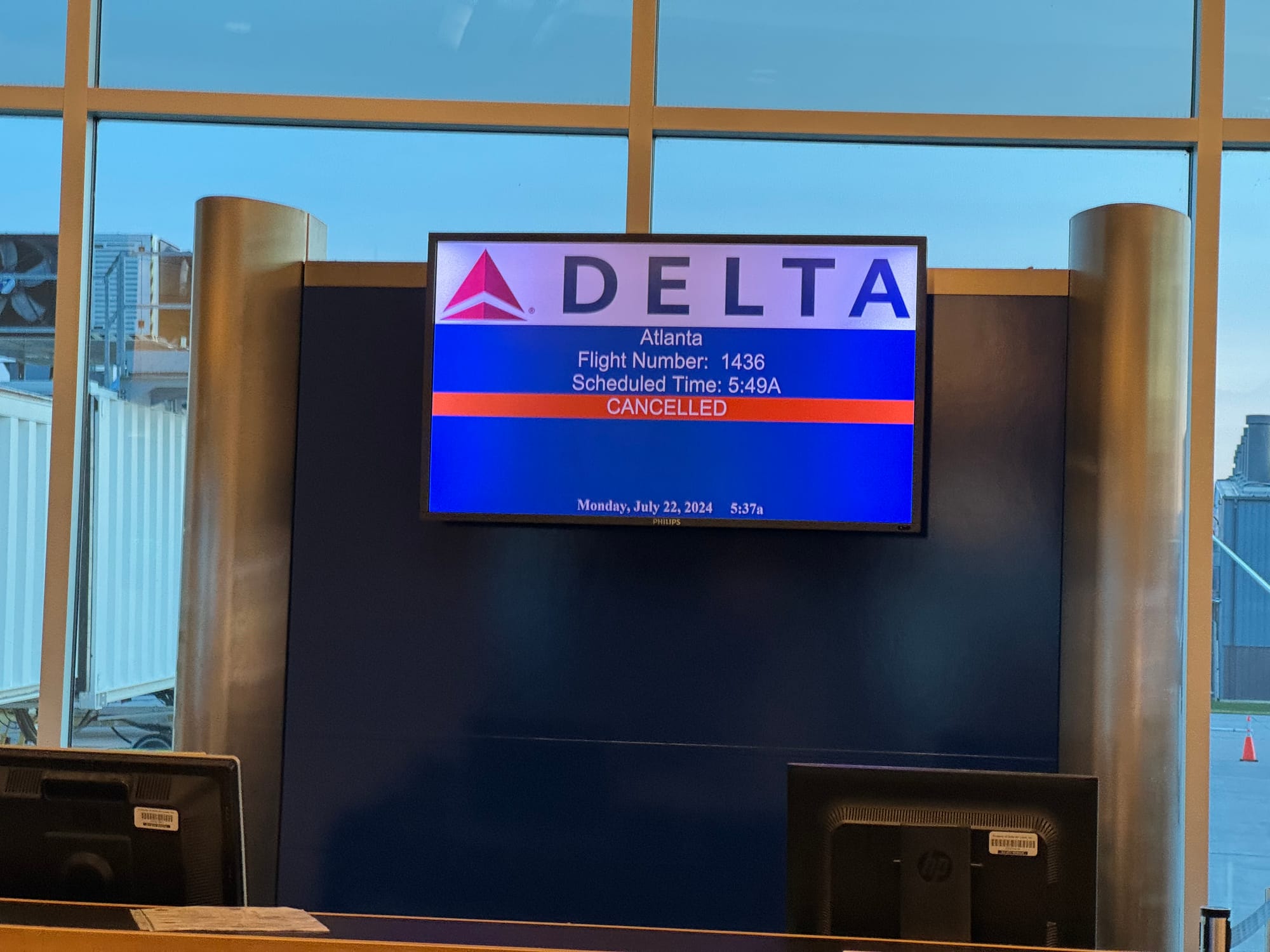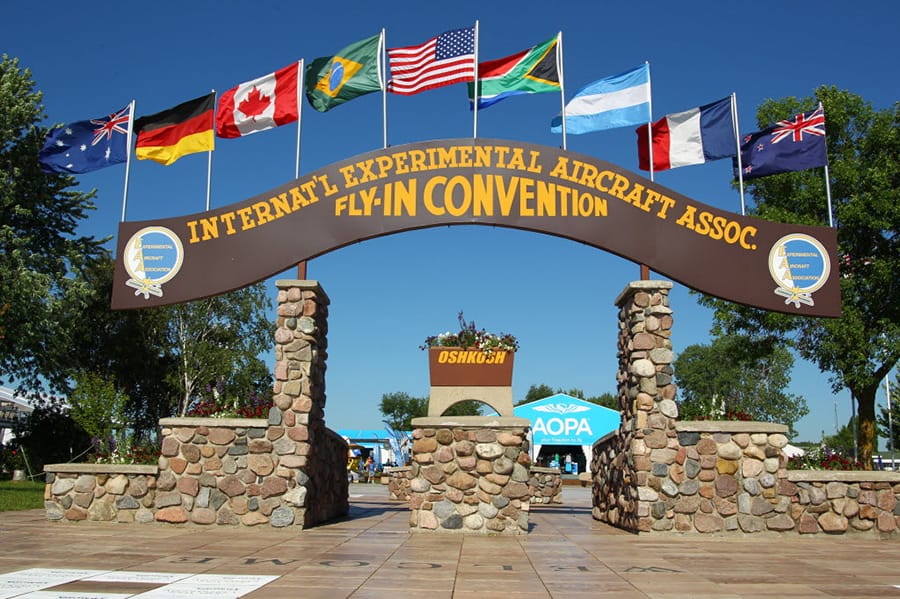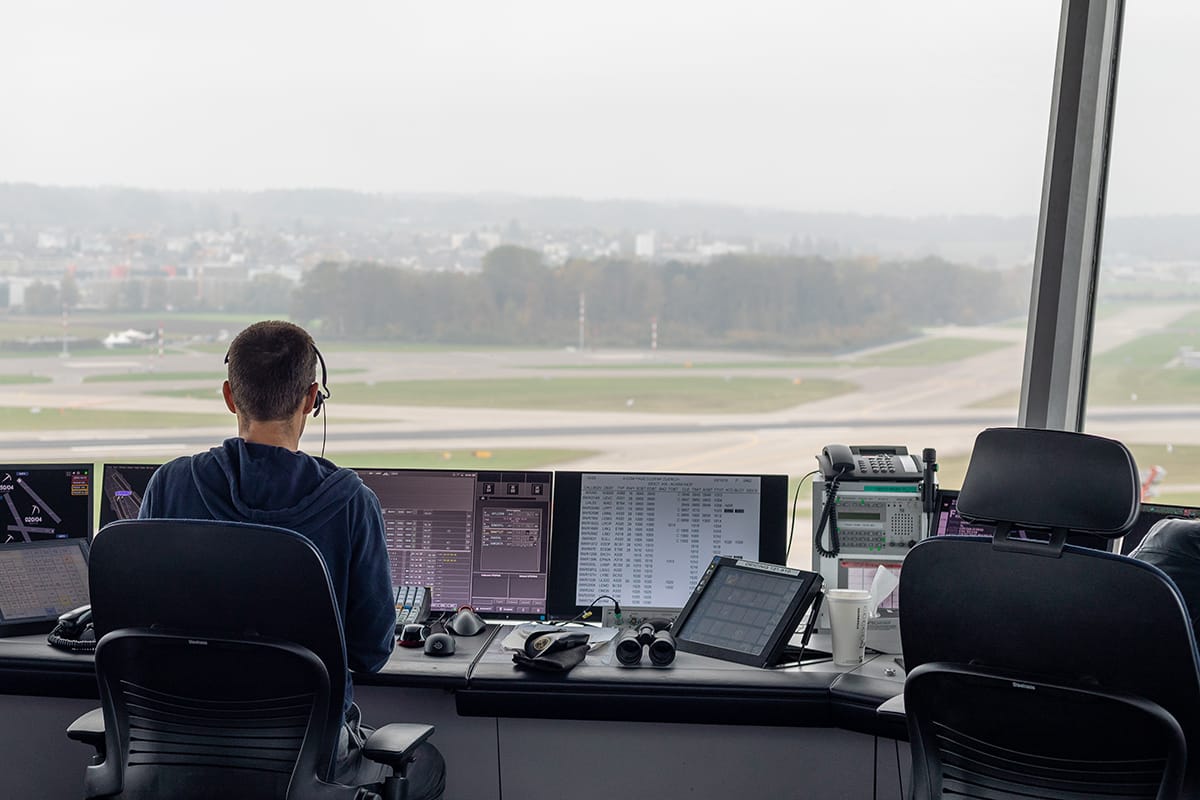The Long Haul: Why Transpacific Flights Can Be a Drag on Airlines
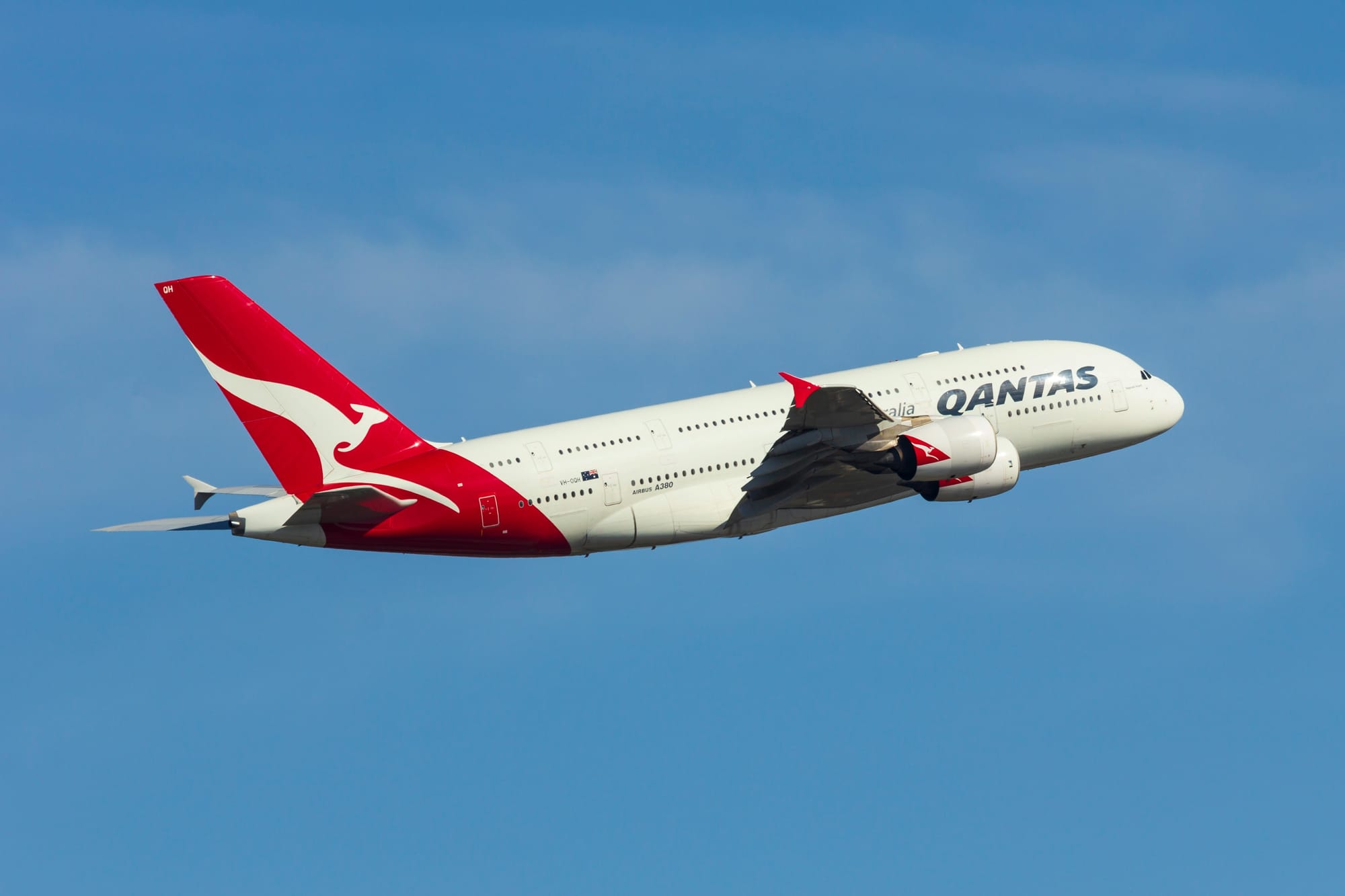
While transpacific flights whisk travelers to exotic destinations, the airlines operating them might not be celebrating with champagne toasts. Here's a deeper look into why these long-haul routes across the Pacific can be less profitable than they seem.
Fuel Costs Take Flight: A Double Whammy

The biggest culprit is undoubtedly the sheer distance. Transpacific flights burn a massive amount of jet fuel to cover the vast expanse of the Pacific Ocean. This significantly increases operating costs compared to shorter routes. Airlines have limited control over fuel prices, so these expenses can be unpredictable and squeeze profit margins.
However, fuel costs aren't just a function of distance. The weight of the aircraft itself plays a role. Since transpacific flights typically carry a full load of passengers and cargo for such a long distance, the total weight is much higher compared to shorter routes. This translates to even more fuel burned, further amplifying the cost burden. Airlines partially mitigate this by using larger, more fuel-efficient aircraft on these routes. However, even these advancements can't completely offset the substantial fuel expense.
Passenger Mix Matters

Business travel often provides airlines with a higher yield per passenger compared to leisure travel. Business travelers typically pay more for last-minute bookings or premium seats with amenities and increased comfort. Transpacific routes, on the other hand, tend to attract more leisure travelers who are typically more price-sensitive and book tickets well in advance. This leads to discounted fares, reducing the overall revenue airlines can generate per seat.
To address this, airlines employ a two-pronged strategy. Firstly, they offer a mix of fare classes, with premium options for business travelers willing to pay more for amenities and comfort. This caters to the high-yield segment and helps balance overall revenue. Secondly, airlines might strategically deploy older, less fuel-efficient aircraft for leisure-heavy routes where the focus is on keeping costs down. These aircraft can still be comfortable for long-haul flights, but they might not have the latest fuel-saving technologies onboard.
Strategic Considerations
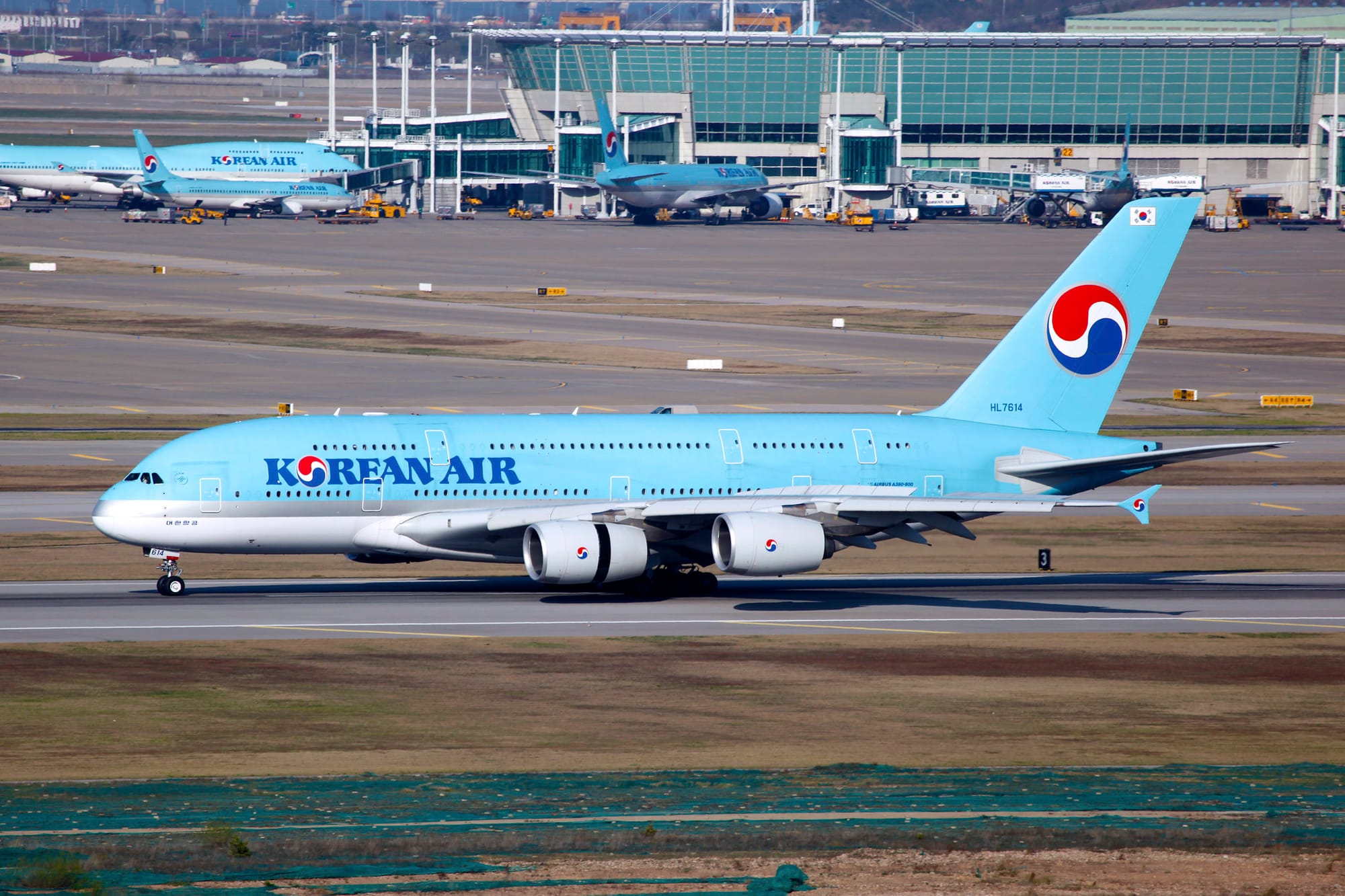
While profitability is a major concern, airlines also consider other strategic factors when operating transpacific flights. These routes can be crucial for establishing a global network, attracting premium passengers who might be high-yield travelers on other routes, and fostering code-sharing agreements with other airlines. Code-sharing allows airlines to collaborate and sell seats on each other's flights, expanding their reach and customer base. Additionally, strong brand recognition established through transpacific flights can translate into increased bookings on domestic routes.
For example, an airline might operate a transpacific route even if it's not incredibly profitable on its own because it allows them to connect to a major international hub and offer seamless connections to other destinations in Asia. This expands their network and attracts passengers who might fly with them on other routes as well.
Finding the Right Balance
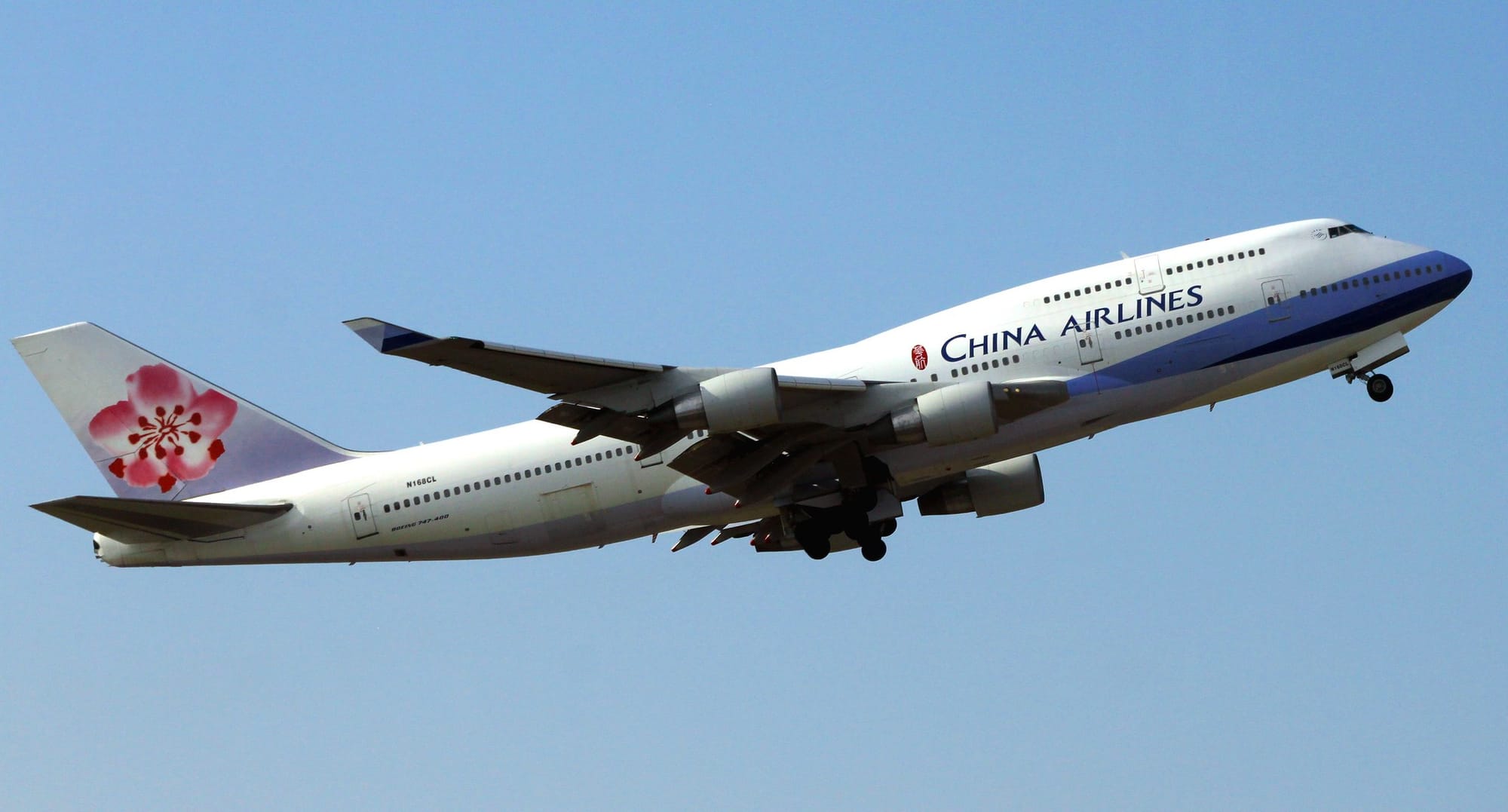
Ultimately, airlines walk a tightrope when it comes to transpacific flights. They need to offer competitive fares to attract passengers but also ensure enough revenue to cover the high operating costs. This often means optimizing capacity by using the most fuel-efficient aircraft with the right seat configuration for the expected passenger mix. For instance, airlines might choose an aircraft with a higher proportion of economy seats for routes with a high leisure travel demand, while using a configuration with more business and premium economy seats for routes with a significant business travel presence. It's a delicate dance of balancing passenger comfort, fuel efficiency, and overall profitability.
So, the next time you settle into your seat for a transpacific flight, remember, the journey might not be as profitable for the airline as it is relaxing for you. However, the ingenuity of airlines in optimizing these routes keeps these long-distance connections accessible, allowing us to explore the world across the vast Pacific.


